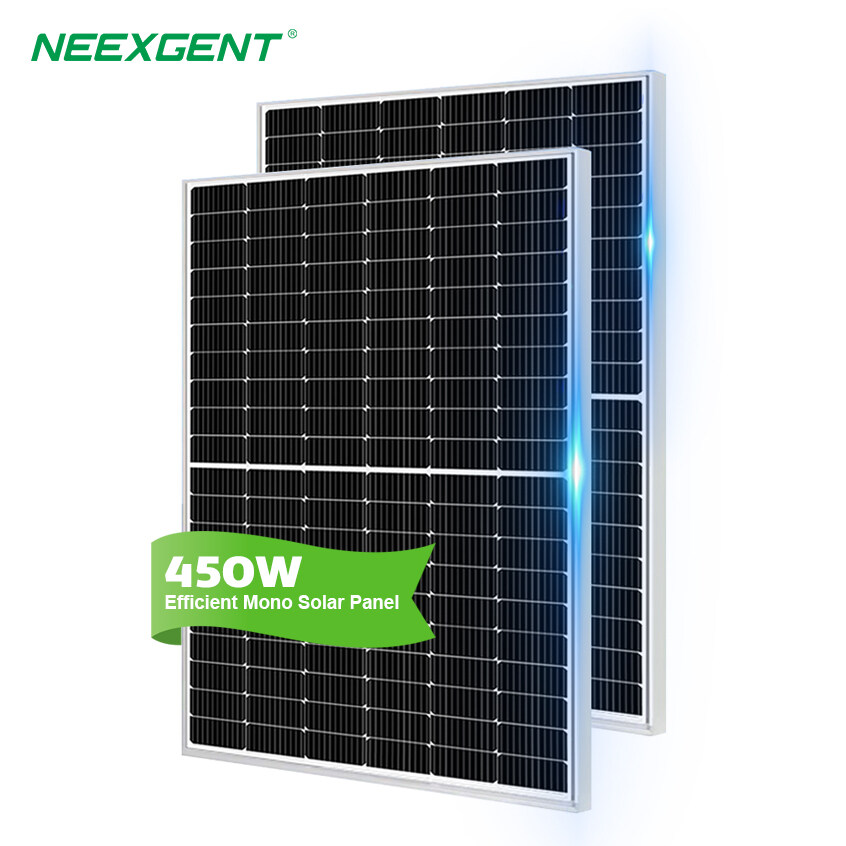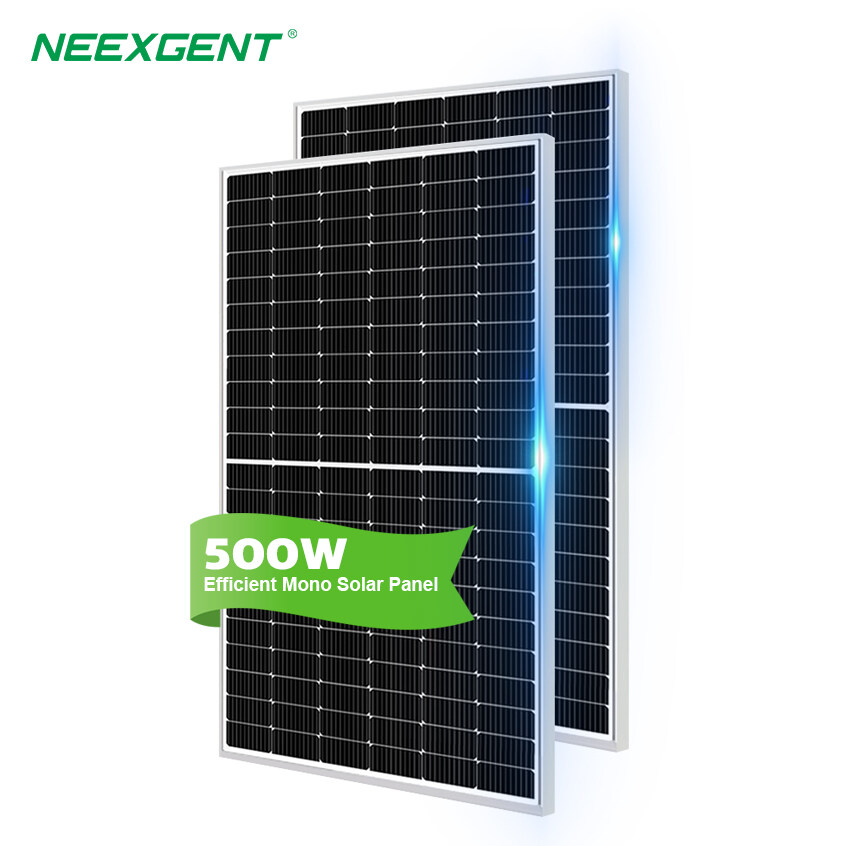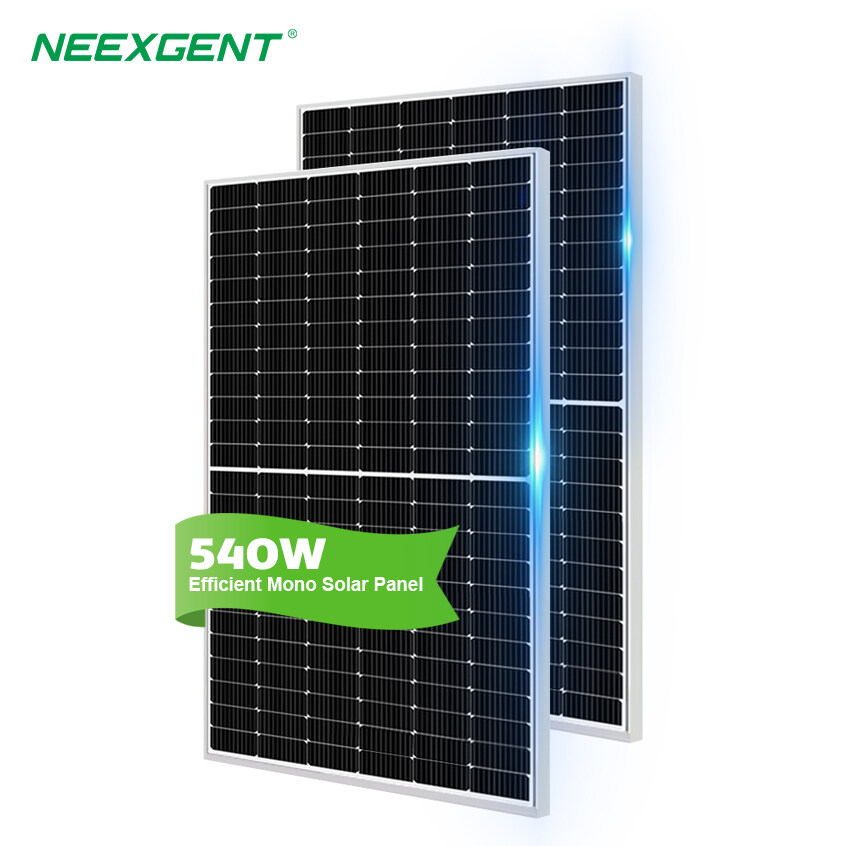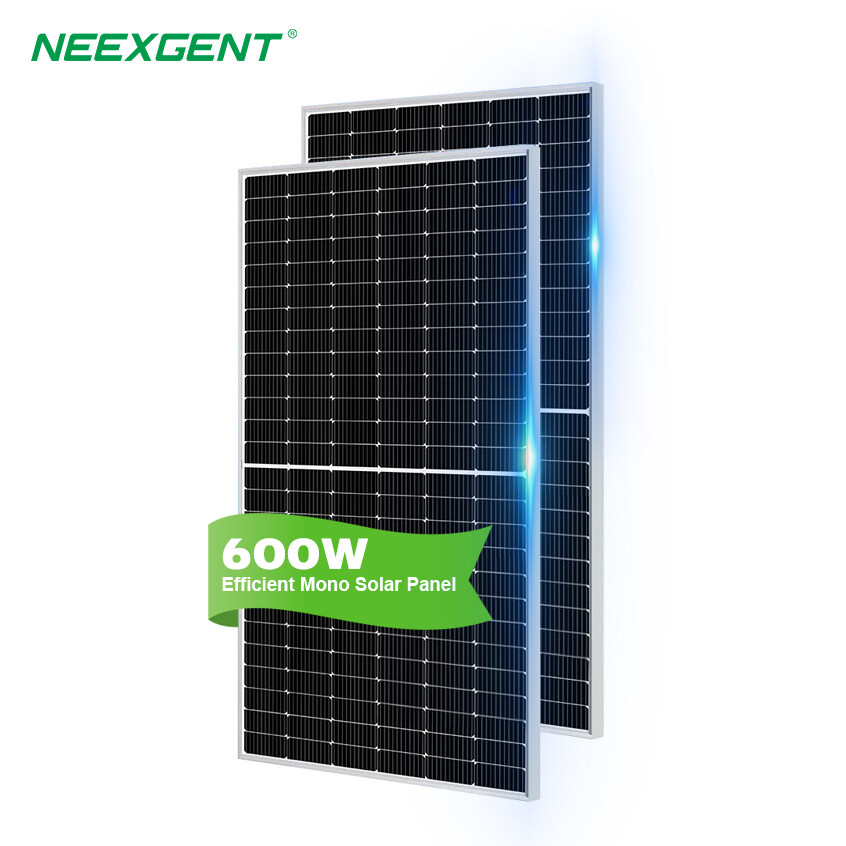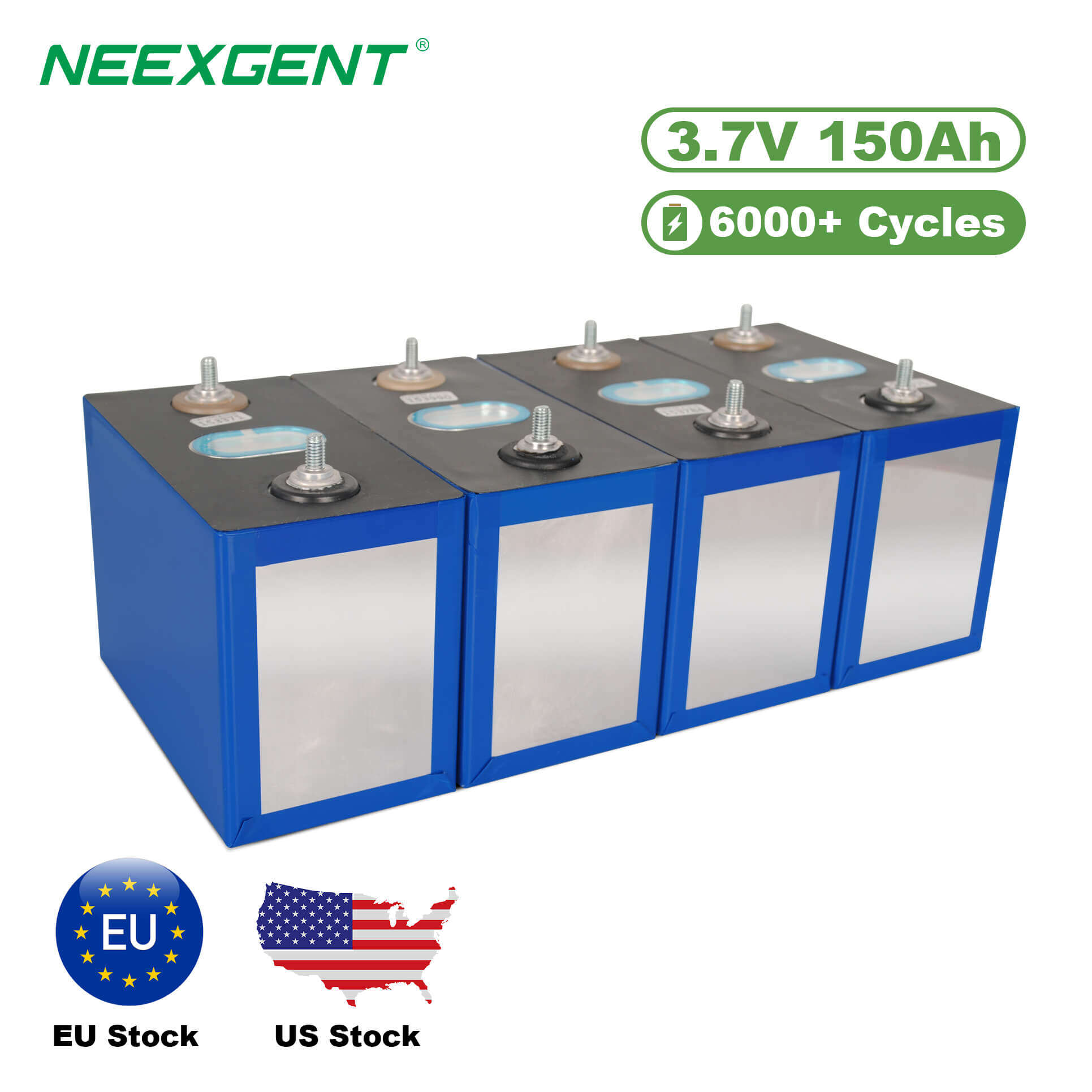As South Africa grapples with recurring load shedding and rising electricity costs, energy storage solutions have become critical for homes, businesses, and off-grid installations. Two of the most widely used battery technologies in the country are LiFePO4 (Lithium Iron Phosphate) and lead-acid batteries. But which offers better long-term value and cost-effectiveness?
This article evaluates the total cost of ownership, performance, efficiency, and suitability of both battery types under South African conditions.
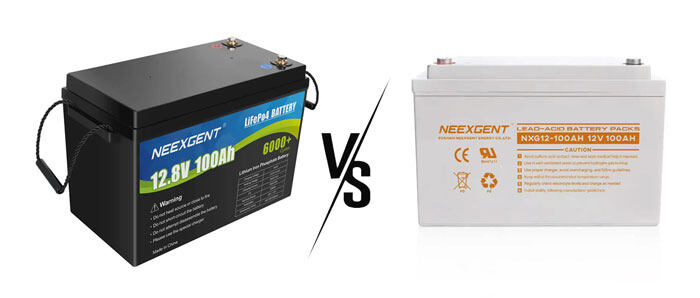
1. Initial Cost Comparison
One of the main reasons lead-acid batteries have traditionally dominated the market is their lower upfront price. On average:
|
Battery Type
|
Initial Cost per kWh (ZAR)
|
|
Lead-Acid
|
R2,500 – R4,000
|
|
LiFePO4
|
R6,000 – R10,000
|
LiFePO4 batteries may cost up to 2–3 times more initially, which can be a barrier for many households or small businesses. This higher upfront cost is often cited as the biggest drawback of LiFePO4 technology.
However, this is only part of the picture. To understand true cost-effectiveness, we must also look at lifespan, efficiency, and maintenance.
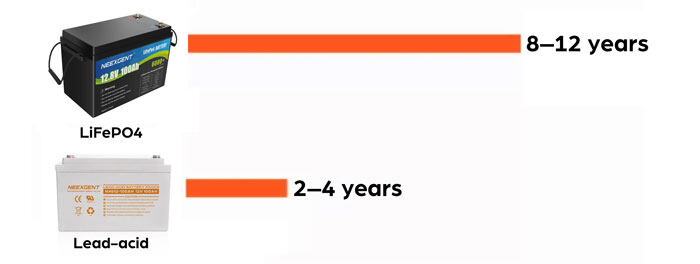
2. Lifespan and Cycle Life
LiFePO4 batteries have a much longer cycle life than lead-acid batteries.
|
Battery Type
|
Typical Cycle Life (80% DoD)
|
|
Lead-Acid
|
500 – 1,200 cycles
|
|
LiFePO4
|
3,000 – 6,000 cycles
|
In practical terms, a LiFePO4 battery used daily could last 8–12 years, while a lead-acid battery under similar usage may need replacement after 2–4 years.
Given South Africa’s frequent power outages, the increased usage wears down lead-acid batteries faster, making lifespan a crucial factor in real-world conditions like these. Learn more about the shorter lifespan of lead-acid batteries.
3. Depth of Discharge and Usable Capacity
Another important distinction is Depth of Discharge (DoD) — how much of the battery's capacity can be safely used.
So, for the same nominal capacity, LiFePO4 offers nearly twice the usable energy, meaning fewer batteries are needed to deliver the same output.
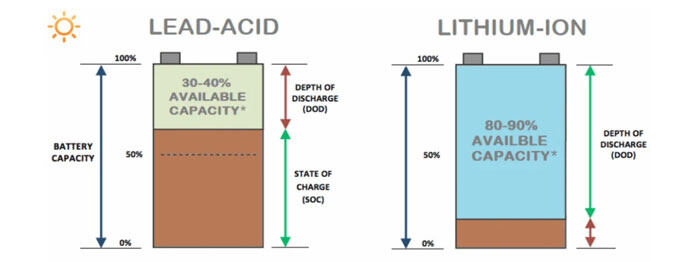
4. Efficiency and Charging
Round-trip efficiency refers to how much energy you get out of a battery compared to what you put in.
|
Metric
|
Lead-Acid
|
LiFePO4
|
|
Round-trip efficiency
|
70–80%
|
95–98%
|
|
Charge time
|
8–12 hrs
|
2–4 hrs
|
LiFePO4 batteries charge faster and waste less energy, which is especially beneficial when using solar panels. Their efficiency and long-term advantages make them ideal for daily cycling.
5. Maintenance and Safety
-
Lead-acid batteries require regular maintenance: checking water levels, cleaning terminals, and ensuring proper ventilation due to hydrogen gas emissions.
-
LiFePO4 batteries are maintenance-free and safer, with integrated Battery Management Systems (BMS) to protect against overcharging, overheating, and deep discharges.
For rural or remote areas — like many parts of Limpopo or Eastern Cape — low-maintenance, safe options are not just convenient but essential.
6. Environmental and Temperature Considerations
South Africa has extreme temperatures, particularly in regions like the Northern Cape. Batteries must perform in high heat conditions, which can degrade traditional lead-acid batteries faster.
LiFePO4 batteries handle temperature fluctuations better and are less prone to capacity loss due to heat. Additionally, they are non-toxic and recyclable, making them a greener option in line with South Africa’s growing environmental awareness.
7. Total Cost of Ownership (TCO) in the South African Context
To understand long-term cost-effectiveness, we must evaluate cost per cycle and replacement frequency.
Example: 5 kWh Daily Use Case Over 10 Years
|
Metric
|
Lead-Acid
|
LiFePO4
|
|
Units required (for 5kWh/day)
|
10kWh (50% DoD)
|
5.5kWh (90% DoD)
|
|
Initial Investment
|
R35,000
|
R55,000
|
|
Replacements over 10 years
|
2–3 times
|
None
|
|
Maintenance & Energy Loss
|
R15,000–R25,000
|
R0–R5,000
|
|
Total Cost (est.)
|
R80,000+
|
R60,000–R65,000
|
Despite higher upfront costs, LiFePO4 becomes cheaper over the long term, particularly when factoring in:
-
Eskom instability and frequent discharges
-
Solar charging efficiency
-
Reduced need for replacements
8. Use Case Scenarios in South Africa
✔ Residential Use (e.g., Johannesburg suburbs)
✔ Rural Off-Grid Homes (e.g., Limpopo, KwaZulu-Natal)
-
Lead-Acid: Challenging due to maintenance needs and short lifespan.
-
LiFePO4: Excellent choice for low-maintenance, long-life storage.
✔ Commercial & Industrial (e.g., Cape Town, Durban SMEs)
-
Lead-Acid: Higher total cost of ownership due to multiple replacements.
-
LiFePO4: Preferred for efficiency, longevity, and scalability.
9. Market Trends and Availability
In recent years, LiFePO4 battery prices have decreased globally due to advances in manufacturing, and more South African suppliers now offer competitive systems from brands like:
-
Freedom Won
-
Hubble
-
BlueNova
-
Victron Energy
Additionally, government incentives and solar financing schemes are helping households and businesses afford LiFePO4 systems via installment plans.
Conclusion: Is LiFePO4 More Cost-Effective in South Africa?
✅ Yes — in most real-world cases.
While lead-acid batteries may appear more affordable upfront, LiFePO4 batteries offer superior value over time due to:
For anyone relying on daily solar energy use, off-grid living, or needing reliable backup in load-shedding zones, LiFePO4 batteries are the smarter investment in South Africa today.
FAQs
How long do LiFePO4 batteries last compared to lead-acid?+
LiFePO4 batteries typically last 3,000 to 6,000 cycles — translating to 8–12 years of daily use. In contrast, lead-acid batteries last 500 to 1,200 cycles and often need replacing every 2–4 years.
Are LiFePO4 batteries really worth the higher price?+
Yes. Although they cost more upfront, LiFePO4 batteries offer lower total cost over time due to longer lifespan, higher efficiency, and lower maintenance. In South Africa’s load-shedding environment, this makes them more economical in the long run.
Can I use LiFePO4 batteries with my existing solar system?+
Most modern inverters support LiFePO4 batteries. Always check compatibility, especially with the Battery Management System (BMS) integration. Many South African brands offer plug-and-play options.
Do LiFePO4 batteries perform well in hot South African climates?+
Absolutely. LiFePO4 chemistry is highly stable and performs reliably in high temperatures, making it ideal for regions like Northern Cape or Limpopo where extreme heat can damage lead-acid batteries.
Which is better for off-grid living — LiFePO4 or lead-acid?+
LiFePO4 is the superior choice for off-grid applications due to its longevity, deep discharge capability, and zero-maintenance operation. It's particularly suitable for remote areas with limited access to regular battery servicing.

